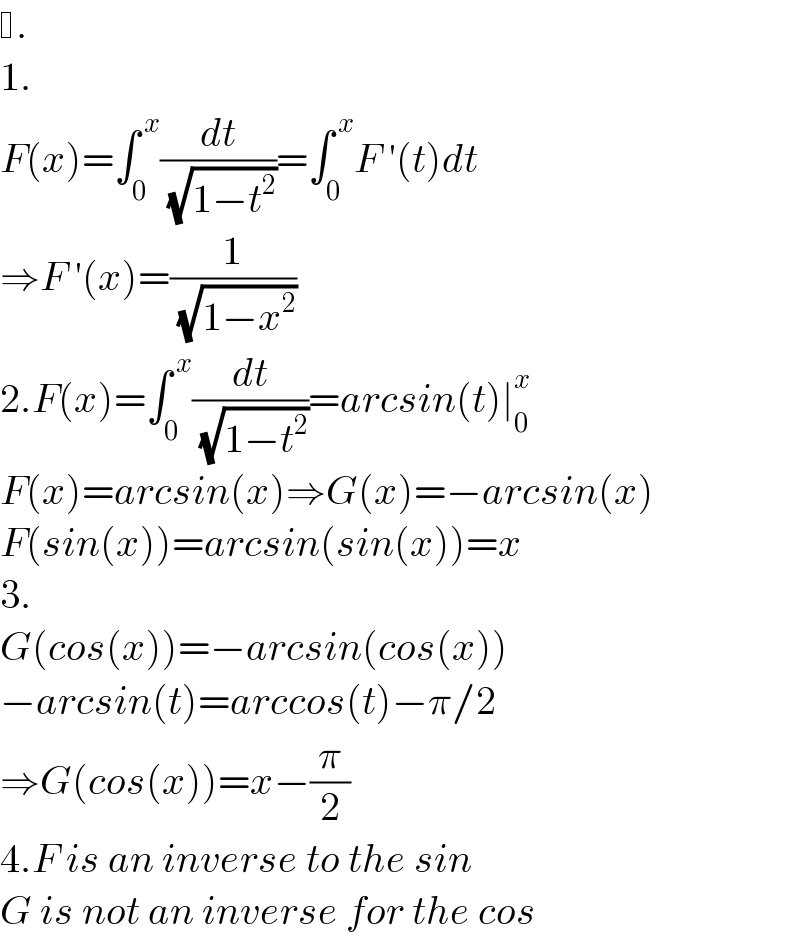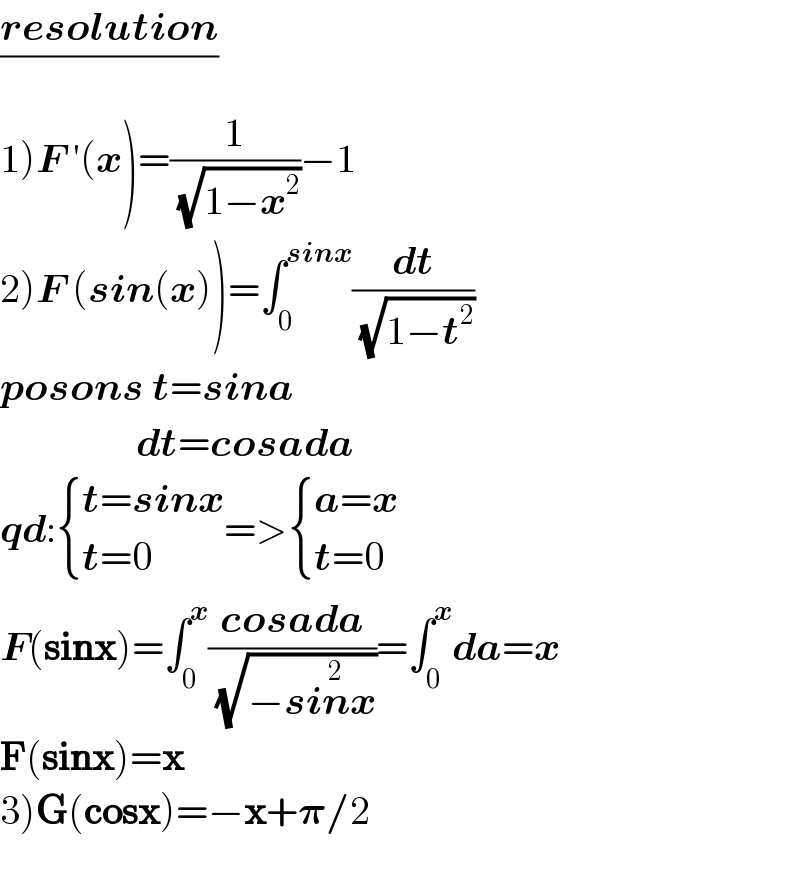
Question and Answers Forum
Question Number 174071 by alcohol last updated on 24/Jul/22

Answered by aleks041103 last updated on 24/Jul/22

Answered by CElcedricjunior last updated on 25/Jul/22

| ||
Question and Answers Forum | ||
Question Number 174071 by alcohol last updated on 24/Jul/22 | ||
 | ||
Answered by aleks041103 last updated on 24/Jul/22 | ||
 | ||
| ||
Answered by CElcedricjunior last updated on 25/Jul/22 | ||
 | ||
| ||